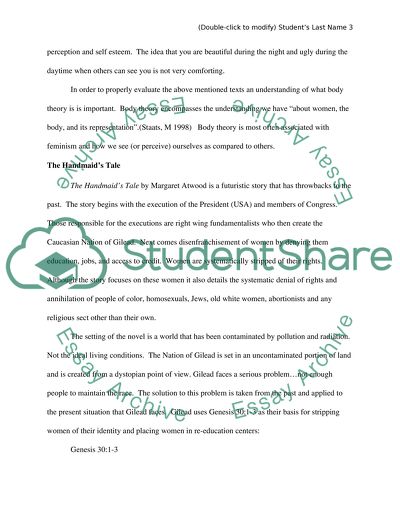Cite this document
(“Women in Literature Book Report/Review Example | Topics and Well Written Essays - 2750 words”, n.d.)
Women in Literature Book Report/Review Example | Topics and Well Written Essays - 2750 words. Retrieved from https://studentshare.org/literature/1532519-women-in-literature
Women in Literature Book Report/Review Example | Topics and Well Written Essays - 2750 words. Retrieved from https://studentshare.org/literature/1532519-women-in-literature
(Women in Literature Book Report/Review Example | Topics and Well Written Essays - 2750 Words)
Women in Literature Book Report/Review Example | Topics and Well Written Essays - 2750 Words. https://studentshare.org/literature/1532519-women-in-literature.
Women in Literature Book Report/Review Example | Topics and Well Written Essays - 2750 Words. https://studentshare.org/literature/1532519-women-in-literature.
“Women in Literature Book Report/Review Example | Topics and Well Written Essays - 2750 Words”, n.d. https://studentshare.org/literature/1532519-women-in-literature.


